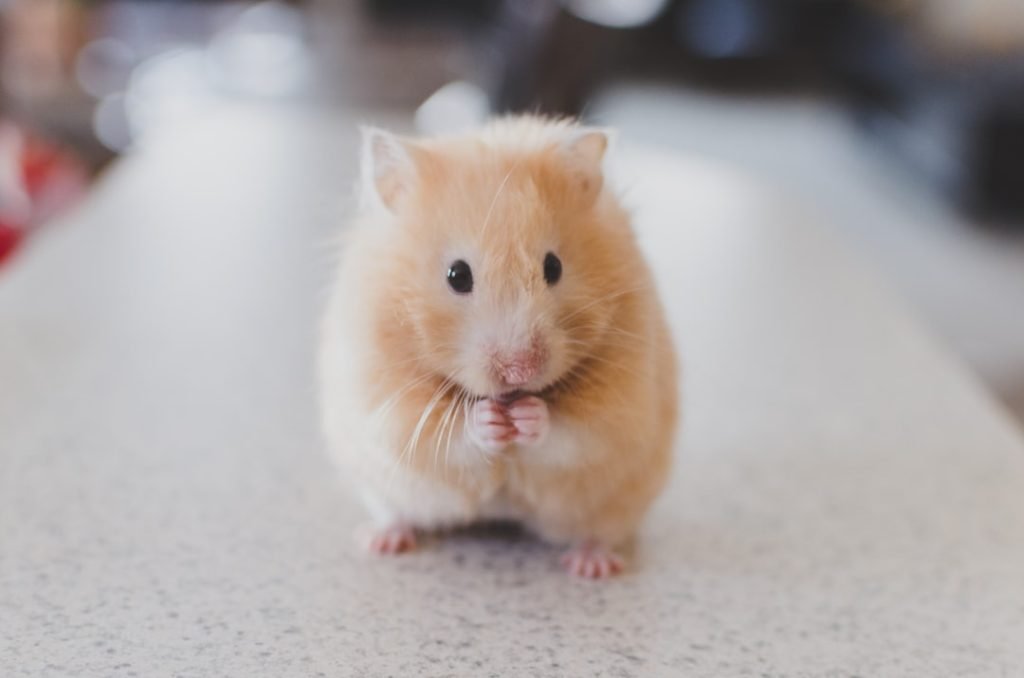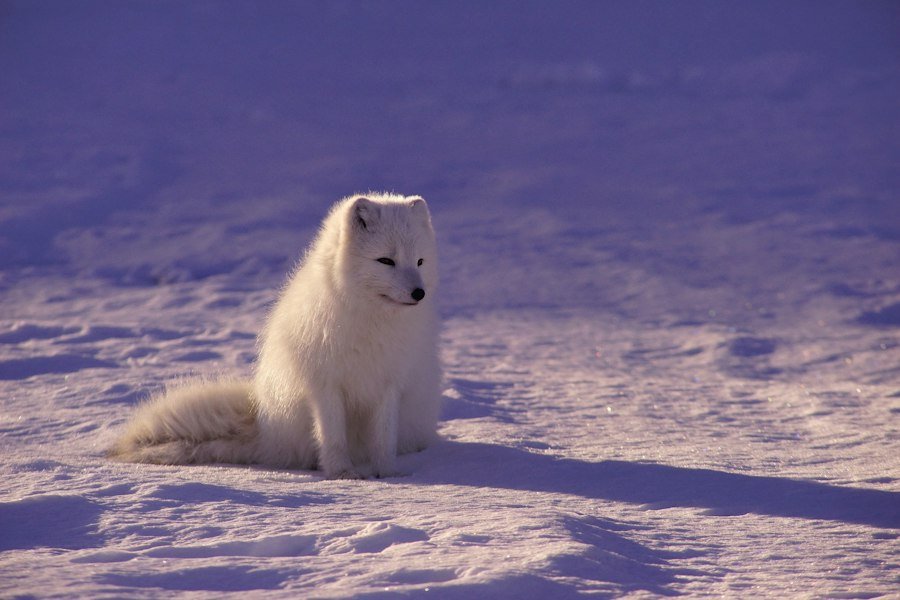

Norwegian Adjectives for Describing Animals
Adjectives play a crucial role in language as they allow us to provide more information and details about the nouns they modify. In Norwegian, adjectives are no exception and are used extensively to describe various aspects of animals. Whether it is their appearance, behavior, size, sound, texture, movement, or personality, Norwegian adjectives offer a wide range of options to accurately describe animals. In this article, we will explore the different types of Norwegian adjectives used for describing animals and provide examples of how they are used in context.
Table of Contents
ToggleKey Takeaways
- Norwegian adjectives for describing animals are important for accurately communicating about animals in the Norwegian language.
- Characteristics of Norwegian adjectives for describing animals include gender agreement and the use of suffixes to indicate different forms.
- Common Norwegian adjectives for describing the appearance of animals include “stor” (big), “liten” (small), “grå” (gray), and “stripete” (striped).
- Norwegian adjectives for describing the behavior of animals include “aggressiv” (aggressive), “sosial” (social), and “sky” (shy).
- Norwegian adjectives for describing the size of animals include “lang” (long), “bred” (wide), and “høy” (tall).
- Norwegian adjectives for describing the sound of animals include “brølende” (roaring), “kvitrende” (chirping), and “hvesende” (hissing).
- Norwegian adjectives for describing the texture of animals include “myk” (soft), “glatt” (smooth), and “pelsaktig” (furry).
- Norwegian adjectives for describing the movement of animals include “rask” (fast), “langsom” (slow), and “grasiøs” (graceful).
- Norwegian adjectives for describing the personality of animals include “loyal” (loyal), “leken” (playful), and “selvstendig” (independent).
- Examples of Norwegian adjectives for describing animals in context include “en stor, brun bjørn” (a big, brown bear) and “en liten, søt katt” (a small, cute cat).
Characteristics of Norwegian Adjectives for Describing Animals
Norwegian adjectives follow a similar pattern to English adjectives in terms of agreement with the noun they modify. They change their form depending on the gender and number of the noun. For example, if the noun is masculine singular, the adjective will end in -en or -et. If the noun is feminine singular, the adjective will end in -a or -e. If the noun is neuter singular, the adjective will end in -et or -t. If the noun is plural, the adjective will end in -e.
There are also different types of adjectives in Norwegian, including attributive adjectives, predicative adjectives, and compound adjectives. Attributive adjectives directly modify the noun and come before it, while predicative adjectives come after a linking verb like “to be” and describe a characteristic or state of the subject. Compound adjectives are formed by combining two or more words to create a new adjective with a specific meaning.
Common Norwegian Adjectives for Describing the Appearance of Animals
When it comes to describing the appearance of animals in Norwegian, there are several common adjectives that are frequently used. Some examples include “stor” (big), “liten” (small), “vakker” (beautiful), “stygg” (ugly), “fargerik” (colorful), and “stripete” (striped). These adjectives can be used to describe the size, beauty, or patterns of animals.
For example, you could say “Den store hunden” (The big dog) or “Den lille katten” (The small cat) to describe the size of different animals. Similarly, you could say “Den vakre fuglen” (The beautiful bird) or “Den stygge edderkoppen” (The ugly spider) to describe the beauty or lack thereof in animals. Adjectives like “fargerik” and “stripete” can be used to describe the colors and patterns of animals, such as “En fargerik sommerfugl” (A colorful butterfly) or “En stripete tiger” (A striped tiger).
Norwegian Adjectives for Describing the Behavior of Animals
In addition to describing the appearance of animals, Norwegian adjectives are also used to describe their behavior. Some common adjectives used for this purpose include “snill” (kind), “aggressiv” (aggressive), “leken” (playful), “loyal” (loyal), and “sky” (shy). These adjectives help us understand the temperament and personality of different animals.
For example, you could say “En snill hund” (A kind dog) or “En aggressiv katt” (An aggressive cat) to describe the behavior of animals. Adjectives like “leken” and “loyal” can be used to describe playful and loyal animals, such as “En leken valp” (A playful puppy) or “En lojal hest” (A loyal horse). On the other hand, adjectives like “sky” can be used to describe shy animals, such as “En sky kanin” (A shy rabbit).
Norwegian Adjectives for Describing the Size of Animals
Size is an important aspect when describing animals, and Norwegian adjectives offer a variety of options to accurately convey this information. Some common adjectives used to describe the size of animals include “stor” (big), “liten” (small), “lang” (long), “kort” (short), “høy” (tall), and “lav” (low). These adjectives help us understand the physical dimensions of different animals.
For example, you could say “En stor elefant” (A big elephant) or “En liten mus” (A small mouse) to describe the size of animals. Adjectives like “lang” and “kort” can be used to describe the length of animals, such as “En lang slange” (A long snake) or “En kort krokodille” (A short crocodile). Similarly, adjectives like “høy” and “lav” can be used to describe the height of animals, such as “En høy giraff” (A tall giraffe) or “En lav pingvin” (A short penguin).
Norwegian Adjectives for Describing the Sound of Animals

The sounds that animals make are unique and can be described using specific adjectives in Norwegian. Some common adjectives used to describe the sound of animals include “brølende” (roaring), “knurrende” (growling), “kvakkende” (quacking), “pipende” (chirping), and “bjeffende” (barking). These adjectives help us understand the vocalizations and noises made by different animals.
For example, you could say “En brølende løve” (A roaring lion) or “En knurrende hund” (A growling dog) to describe the sounds of animals. Adjectives like “kvakkende” and “pipende” can be used to describe the sounds made by birds, such as “En kvakkende and” (A quacking duck) or “En pipende spurv” (A chirping sparrow). Similarly, adjectives like “bjeffende” can be used to describe the sound of dogs, such as “En bjeffende schæfer” (A barking German Shepherd).
Norwegian Adjectives for Describing the Texture of Animals
The texture of an animal’s fur, skin, or feathers can also be described using specific adjectives in Norwegian. Some common adjectives used for this purpose include “myk” (soft), “ru” (rough), “glatt” (smooth), and “skjellete” (scaly). These adjectives help us understand the tactile qualities of different animals.
For example, you could say “En myk katt” (A soft cat) to describe the texture of animals. Adjectives like “glatt” and “pelset” can be used to describe the smoothness and furiness of animals. On the other hand, adjectives like “skjellete” can be used to describe the scaly texture of animals, such as “En skjellete fisk” (A scaly fish).
Norwegian Adjectives for Describing the Movement of Animals
The way animals move can vary greatly, and Norwegian adjectives offer a range of options to accurately describe their movement. Some common adjectives used for this purpose include “rask” (fast), “langsom” (slow), “grasiøs” (graceful), “klønete” (clumsy), and “smidig” (agile). These adjectives help us understand the agility, speed, and overall movement of different animals.
For example, you could say “En rask gepard” (A fast cheetah) or “En treg skilpadde” (A slow turtle) to describe the movement of animals. Adjectives like “grasiøs” and “smidig” can be used to describe the graceful and agile movement of animals, such as “En grasiøs svane” (A graceful swan) or “En smidig katt” (An agile cat). On the other hand, adjectives like “klønete” can be used to describe the clumsy movement of animals, such as “En klønete bjørn” (A clumsy bear).
Norwegian Adjectives for Describing the Personality of Animals
Animals, just like humans, can have distinct personalities, and Norwegian adjectives offer a variety of options to accurately describe these traits. Some common adjectives used for this purpose include “vennlig” (friendly), “uavhengig” (independent), “loyal” (loyal), “nysgjerrig” (curious), and “sky” (shy). These adjectives help us understand the unique personalities and characteristics of different animals.
For example, you could say “En vennlig hund” (A friendly dog) to describe the personality of animals. Adjectives like “loyal” and “nysgjerrig” can be used to describe loyal and curious animals, such as “En lojal hund” (A loyal dog) or “En nysgjerrig ape” (A curious monkey). On the other hand, adjectives like “sky” can be used to describe shy animals, such as “En sky fugl” (A shy bird).
Examples of Norwegian Adjectives for Describing Animals in Context
To further illustrate the use of Norwegian adjectives for describing animals, let’s look at some examples in context:
1. “Den store elefanten er veldig snill.” (The big elephant is very kind.)
2. “Den lille katten er veldig leken.” (The small cat is very playful.)
3. “Den vakre sommerfuglen er veldig fargerik.” (The beautiful butterfly is very colorful.)
4. “Den stygge edderkoppen er veldig aggressiv.” (The ugly spider is very aggressive.)
5. “Den lange slangen er veldig skjellete.” (The long snake is very scaly.)
6. “Den høye giraffen er veldig grasiøs.” (The tall giraffe is very graceful.)
7. “Pingvinen er veldig klønete.” (The penguin is very clumsy.)
8. “Den myke katten er veldig nysgjerrig.” (The soft cat is very curious.)
Adjectives are an essential part of language as they allow us to provide more information and details about the nouns they modify. In Norwegian, adjectives play a crucial role in describing animals, whether it is their appearance, behavior, size, sound, texture, movement, or personality. By using specific adjectives, we can accurately convey the various aspects of animals and enhance our understanding of them.
Throughout this article, we have explored the different types of Norwegian adjectives used for describing animals and provided examples of how they are used in context. From describing the appearance of animals with adjectives like “stor” (big) and “vakker” (beautiful) to describing their behavior with adjectives like “snill” (kind) and “aggressiv” (aggressive), Norwegian adjectives offer a wide range of options to accurately describe animals.
By familiarizing ourselves with these adjectives and practicing their use in context, we can improve our language skills and enhance our ability to communicate effectively in Norwegian. So whether you are describing a big, friendly dog or a small, curious cat, Norwegian adjectives are there to help you accurately convey the unique characteristics of animals.
If you want to learn Norwegian, you can register for classes here. We look forward to hearing from you and helping you become fluent in Norwegian.





